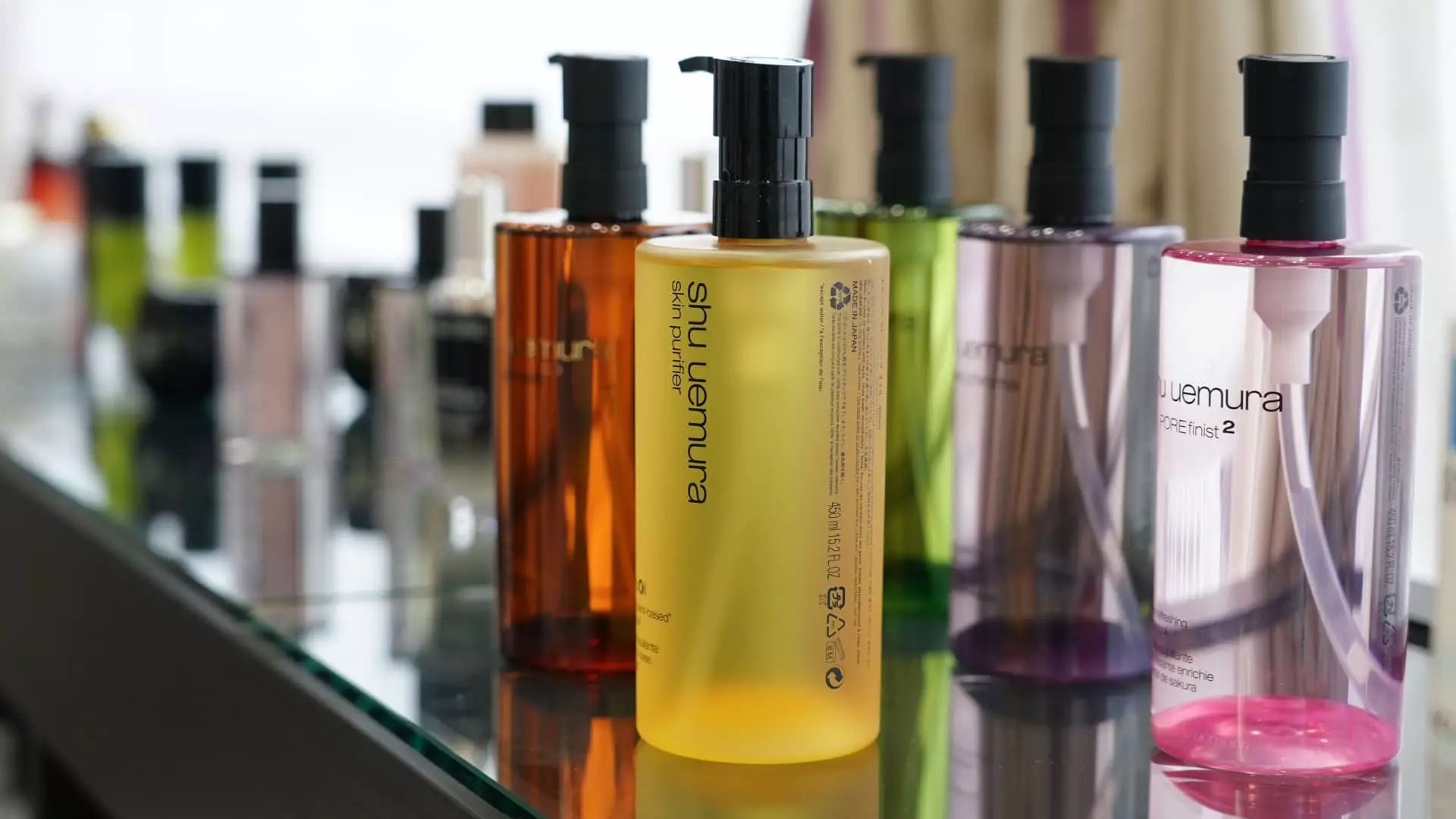The world’s largest beauty brand, L’Oreal, has experienced a significant drop in its sales, leading to a decline in its shares. The company reported lower-than-expected sales and highlighted a slowdown in demand in Asia as the primary reason for this setback. This article examines the implications of L’Oreal’s sales decline and explores the contrasting performance of other luxury brands in the market.
L’Oreal’s fourth-quarter sales reached only 10.6 billion euros ($11.4 billion), falling short of Barclays analysts’ expectations of 10.9 billion euros. This setback amounts to a 2.8% increase, which is considerably lower than anticipated. Furthermore, the company’s sales for the full year of 2023 rose by merely 7.6% to 41.18 billion euros, indicating a considerable slowdown in growth compared to previous years.
One of the main contributors to L’Oreal’s sales decline is the underperformance of the Asian market, particularly China. Sales in North Asia, which includes China, dropped by 6.2% over the three-month period, causing a significant setback for the company. However, L’Oreal’s CEO, Nicolas Hieronimus, remains optimistic about the market and emphasizes strong growth plans for China in 2024 and beyond.
L’Oreal is not alone in facing challenges in the luxury sector. The industry has been under pressure due to tough macroeconomic and geopolitical conditions, particularly in the U.S. and China. These factors have directly influenced consumer spending habits, resulting in a slowdown in sales. However, some high-end brands, such as Hermes, have managed to defy these trends and continue to attract discerning customers.
Hermes, a luxury brand known for its exclusive Birkin handbags and silk scarves, has experienced a surge in sales despite rising prices. In the fourth quarter, the company’s revenues rose by 18% at constant exchange rates to 3.36 billion euros, and their full-year revenues increased by 21% to 13.42 billion euros. This exceptional performance has allowed Hermes to announce plans for an exceptional dividend of 10 euros per share.
Price Increases and Market Appeal
Axel Dumas, the Executive Chairman of Hermes, anticipates that the company’s product prices will rise by an average of 8% to 9% in 2024. This indicates the brand’s continued appeal in an increasingly “polarized” market. Despite the price hikes, wealthy consumers are still willing to invest in Hermes’ products, recognizing their exclusivity and quality. As a result, Hermes’ stock has outperformed its competitors, such as LVMH and Burberry.
L’Oreal’s disappointing sales figures, fueled by slow demand in Asia, particularly in the Chinese market, highlight the challenges faced by the luxury sector. Macroeconomic and geopolitical factors continue to exert pressure on consumer spending habits, impacting sales across the industry. However, brands like Hermes have managed to maintain their appeal and attract affluent consumers, resulting in strong sales growth. As companies navigate through these challenging times, adapting strategies to the evolving market conditions will be vital for success.


Leave a Reply